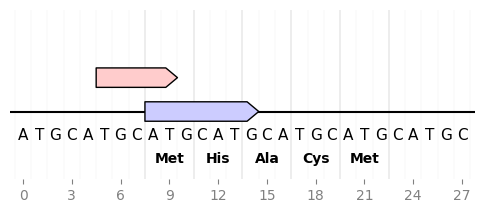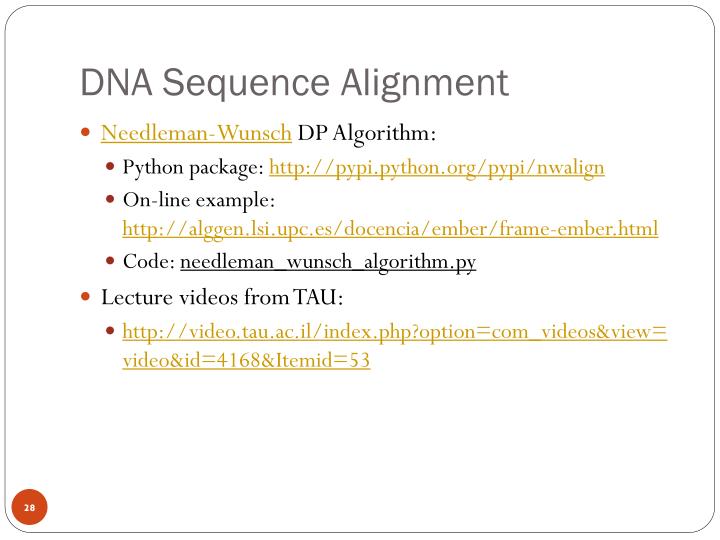

The speed and affordability of high-throughput sequencing techniques have led to massive influx and accumulation of molecular data ( 1–3). The iFeatureOmega webserver is freely available at and the standalone versions can be downloaded from and. We highlight benefits of iFeatureOmega based on three research applications, demonstrating how it can be used to accelerate and streamline research in bioinformatics, computational biology, and cheminformatics areas. With the assistance of iFeatureOmega, users can encode their molecular data into representations that facilitate construction of predictive models and analytical studies. We release three versions of iFeatureOmega including a webserver, command line interface and graphical interface to satisfy needs of experienced bioinformaticians and less computer-savvy biologists and biochemists. To the best of our knowledge, iFeatureOmega provides the largest scope when directly compared to the current solutions, in terms of the number of feature extraction and analysis approaches and coverage of different molecules. Our freely available and easy-to-use iFeatureOmega platform generates, analyzes and visualizes 189 representations for biological sequences, structures and ligands. We address this vital need by developing a holistic platform that generates features from sequence and structural data for a diverse collection of molecule types. Notwithstanding several computational tools that characterize protein or nucleic acids data, there are no one-stop computational toolkits that comprehensively characterize a wide range of biomolecules. All parameters are optional.The rapid accumulation of molecular data motivates development of innovative approaches to computationally characterize sequences, structures and functions of biological and chemical molecules in an efficient, accessible and accurate manner. SeqsUsed is a parameter set containing info about the DNA constructs used. It can be setup using the following function: einfo = Exptinfo( The following variables might be defined once (or twice, or three times) and then used in theĭefinition of multiple sequencing data sets by passing the parameter as shown above.Įinfo is a parameter set containing information on the experimental details.

Note that here and below, all sequences should be written 5′ to 3′ These locations can be changed as follows: config.Options = "./Data"Ĭonfig.Options = "./Output" The default for output is in a directory called ‘Output” one level up. The default location for the sequence input file is in a directory called ‘Data’ one level up RNAset.dData – dictionary variable – see below – contains any other info to include.RNAset.SeqsUsed – dictionary variable – see below – contains sequences relative to the experiment.RNAset.istemplate – True/False – is this a DNA sequence (typical use: TRUE if seq of template DNA)?.RNAset.pnotes – one line description of the experiment – what’s it about?.RNAset.exptinfo – (einfo) special variable – see below – contains info on the transcription experiment.RNAset.adptr3 – 5′ end of the 3′ adapter (default used in trimming can be overridden at trimming).RNAset.adptr5 – 3′ end of the 5′ adapter (default used in trimming can be overridden at trimming).RNAset.tseq – Expected (encoded) sequence (can be in DNA or RNA format).RNAset.filename – Illumina file name: fastq format (gzipped, or not).Parameters above, in order (noting how you can reference each in programming):


 0 kommentar(er)
0 kommentar(er)
